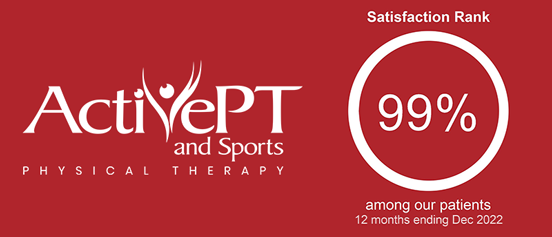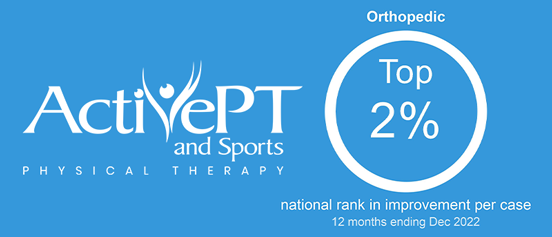By Heather Dunfee, DPT
Pelvic pain during pregnancy often manifests itself in one of two ways. The first is in the front of the pelvis directly over the pubic bone (the bony area just below the lower abdomen). The second is the junction between the pelvis and the lower spine in the back or buttock area, called the sacroiliac joint (SIJ).

“Sarton Physical Therapy”: https://www.pelvichealing.com/diagnoses/pubic-pain
While pubic or SIJ pain can occur at any point during or after your pregnancy, they have some common patterns. SIJ pain more commonly plagues pregnant women as early as their first and second trimesters. Not surprisingly, SIJ pain can refer to the buttocks, low back, or thigh regions. During the third trimester, pregnancy-related changes and the increasing size of the baby may stress the pubic region. Pubic symphysis pain can refer pain to the abdomen, groin, pelvic floor or thighs. Pain can range from sharp and severe to dull and achy in either of these regions.
There are many theories related to the cause of pelvic girdle pain during pregnancy. The pelvic joints are normally very stable. However, during pregnancy, there is a hormone called Relaxin which softens the ligaments around the pelvis so there is room for the baby to descend into the birth canal. Unfortunately, this can create instability in these joints. Pregnancy also tends to create changes in the way we move- creating more tightness or weakness in some areas. The muscles around the pelvis are faced with a whole new level of tension and may not be as effective at stabilizing the pelvic joints. Combining hormone and movement changes with an increasingly larger load (of baby) on the pelvis, can create stress on the pelvic joints and cause pain.
There are many tips and tricks to help make you more comfortable when dealing with pelvic pain during pregnancy:
- Move your legs together, not one at a time (in/out of bed or in/out of the car)
- Reduce high-impact activity or exercise
- Take shorter strides, this also reduces impact
- Change one-legged exercises to two-legged
- Sleep with a firm pillow between your legs, pulled all the way up to your pubic region
- Sit down when getting dressed to eliminate standing on one leg
- Change the way you walk up stairs if necessary, try going up backward or sideways
- Change your shoes, it may be time for lower heels and more support
- Staying active is the best medicine, try strength training or light weight lifting instead of higher-impact exercise options
- Ice for pain relief
If you have tried these tips and are still experiencing pain that affects your quality of life or limits your ability to stay active, you should have your pain evaluated by a professional who specializes in pregnancy-related pelvic pain. We can perform specific manual therapy techniques and targeted exercises to quickly reduce pain and help you get moving better again. Schedule a free 15-minute appointment or call 507-322-3460 to get your questions answered today.
Heather Dunfee is Doctor of Physical Therapy and a Certified Pregnancy and Pelvic Pain Corrective Exercise Specialist. She uses her advanced training and her experience as a mother of three to fuel her passion for helping women reduce pelvic floor pain and dysfunction during and after pregnancy.




